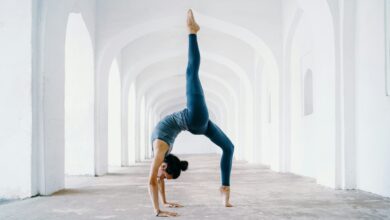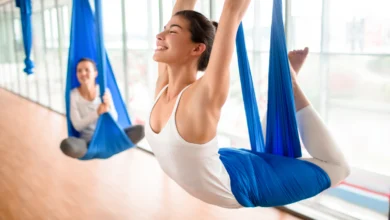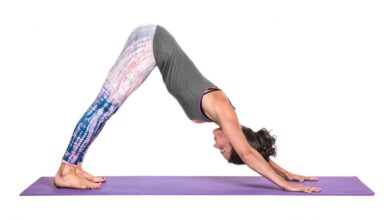An Exhaustive Guide to the Various Forms of Yoga
Embarking on a new journey can feel daunting, especially when there’s uncertainty about the venture at hand. Yoga, with its rising popularity, can bewilder newcomers due to the plethora of styles available, particularly in the United States where over 21 million adults have embraced the practice. To simplify the process, the following seven foundational yoga styles are outlined, providing essential insight to assist in class selection. It’s also pivotal to note that yoga encompasses an eight-limbed pathway towards enlightenment, as delineated in Patanjali’s “Yoga Sutra.” The physical poses, known as asanas, represent merely one aspect of this journey. Thus, elements such as pranayama (breath control exercises), meditation, and philosophical teachings are frequently incorporated into yoga sessions, introducing participants to a broader range of yoga’s facets. Below are brief overviews of these foundational styles.
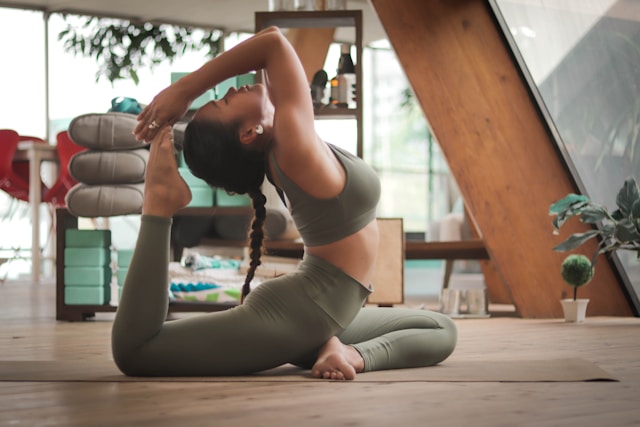
Hatha
Hatha yoga serves as the cornerstone of all yoga variants, combining asana, pranayama, and meditation practices. Typically characterized by a more laid-back tempo, it’s advisable to inquire about the class’s intensity beforehand. This modality is perfect for novices or individuals seeking a gentle, meditative, or restorative experience.
Vinyasa
The term “Vinyasa” is often used to denote a variety of concepts. Some instructors might refer to a specific sequence of poses, such as the transition from Plank Pose to Chaturanga Dandasana, then to Upward-Facing Dog, and finally, Downward-Facing Dog. Originating from the Sanskrit words nyasa, meaning ‘to place,’ and vi, signifying ‘in a special way,’ Vinyasa emphasizes a fluid transition between postures, synchronized with breath. Vinyasa classes are typically dynamic, incorporating numerous sun salutations and are well-suited for those seeking both a physical workout and an exploration of yoga’s more traditional aspects, like breath control and mindfulness.
Power Yoga
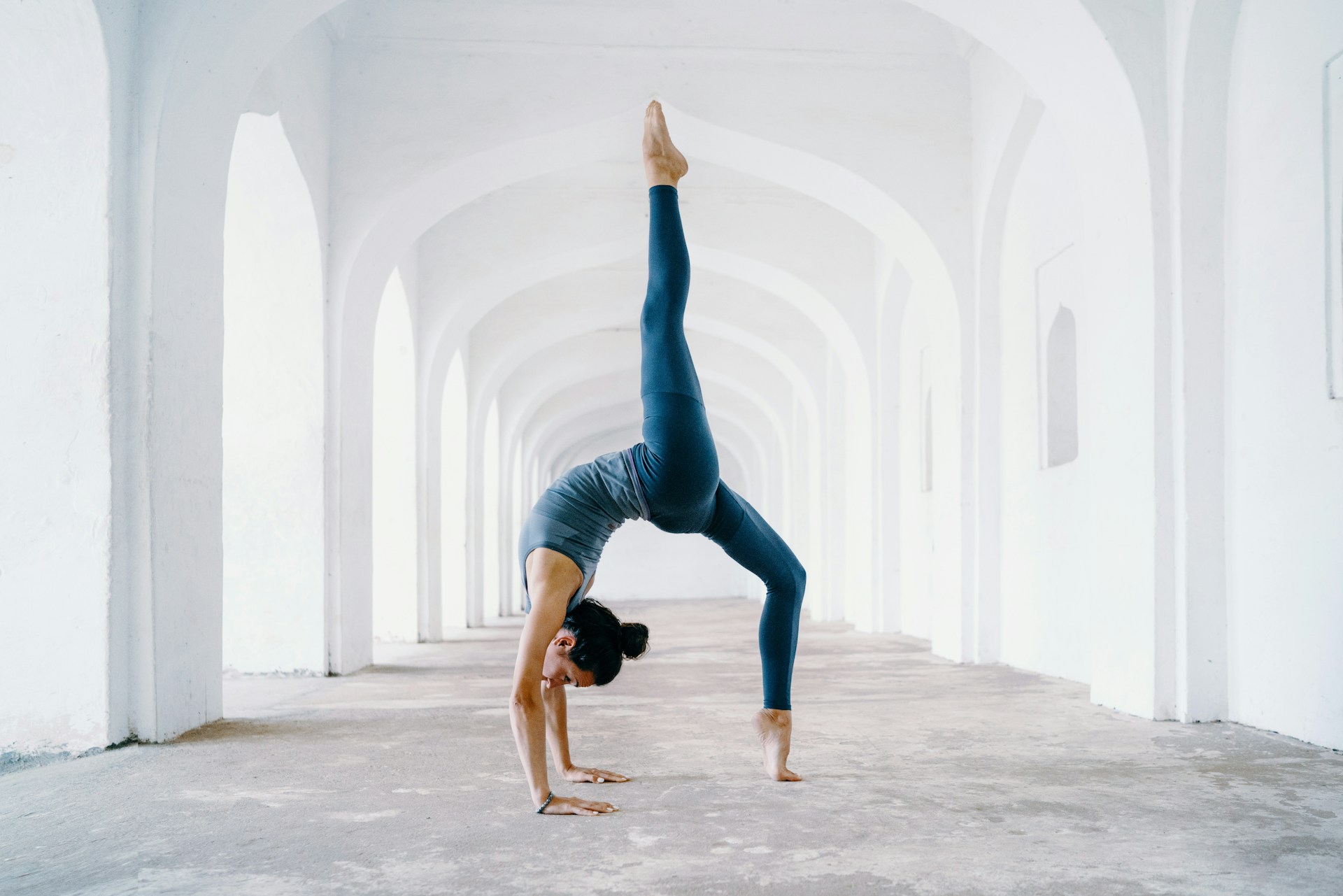
A vigorous offshoot of Vinyasa yoga, Power Yoga dispenses with the focus on breathwork and meditation to offer a challenging, fitness-based flow, often found in gym settings.
Iyengar
Developed by B. K. S. Iyengar, this methodical approach to yoga prioritizes balance, strength, and precise body alignment. Studios will usually be equipped with numerous props to support participants, making this style ideal for all ages and abilities, particularly for those recovering from injuries.
Bikram
Founded by Bikram Choudhury, this regimented sequence of 26 poses performed in a room heated to 105 degrees Fahrenheit challenges practitioners. The intense heat is believed to facilitate toxin elimination, though newcomers may find the conditions demanding. Note that recent controversy around Bikram Choudhury has led some studios to steer clear of the “Bikram” label, favoring “hot yoga” instead.
Hot Yoga
Distinct from Bikram yoga, hot yoga encompasses any practice done in heated surroundings, generally between 95 to 100 degrees Fahrenheit. Similar to Bikram, these classes aim to enhance flexibility but warrant caution to avoid muscle strains.
Ashtanga
Introduced to the global audience by Sri K. Pattabhi Jois, Ashtanga yoga presents three series of progressively challenging sequences. Practitioners advance through these series based on their readiness, appealing to those with substantial experience, strength, and commitment.
Kundalini
Kundalini yoga focuses on activating the kundalini energy or shakti, believed to rest at the spine’s base. It’s a spiritually-oriented practice involving chanting, meditation, and breathing exercises, appealing to those keen on exploring yoga’s mystical aspects, including practices like mula bandha (root lock).

